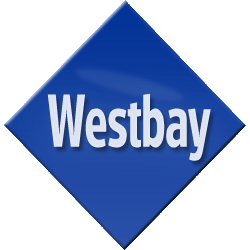- This topic has 4 replies, 1 voice, and was last updated 11 years, 3 months ago by
aliasgherman.
-
AuthorPosts
-
14th October 2013 at 11:31 #69283
aliasgherman
GuestHi Experts,
In case of Ater congestion, which counters do you expect to increase in ALU BSS.
14th October 2013 at 18:21 #69284pix
Guesthi,
Ater PS, I assume ?
You got to check the indicator “Ater congestion time” or “Ater load”, something like this, located in the object “Ater” or “GCH”. I’ve been out of ALU for the past 1.5yr now, so I kinda forgot the exact names 🙂
The idea is to see how much time the amount of GCH busy are equal to the max capcity of the Ater GCH.Also, check the GSL load, but usually it doesn’t congest, so it’s almost never an issue.
Regards
15th October 2013 at 12:38 #69285aliasgherman
GuestThanks Pix. I am interested in Ater congestion impact on CS. I assume that SD drop should increase but would like to know which counters specifically.
So which vendor is now lucky enough to hire your services ?
15th October 2013 at 19:29 #69286pix
GuestNumber one consultant for number one vendor 😉
Ater CS congestion… wow, i’ve never seen this. Actually, Ater CS is mapped statically to the A interface, therefore you can either look at A or Ater CS KPIs.
For example, look at the object “AIC” (A interface channel), which can give you the overall usage of each TTCH.
For a more global indicator, I’m pretty sure you can find TCH CONGESTION due to A congestion, located at cell level.
Well, let me know if you need more detailed info, in which case i’d need to go through the counters dictionnary. It’s no big trouble for me, just let me know.
A interface has 2 kind of channels :
(1) AIC (or TTCH) which are mapped to the Radio TCH. 1 TTCH = 1 RTCH.
(2) SS7 which carry the call signalling (call setup messages, ie. messages that go through the SDCCH, call release messages, etc.).For congestion of AIC, refer to above. consequence is TCH Congestion.
Congestion of SS7 is even rarer, and I guess the consequence is NOT SDCCH congestion. The MS would get the SDCCH before the A interface is tested for a SS7 channel.
If SS7 is congested, then the BSC should release the SDCCH after a while. Again, I’m not sure such case can occur : SS7 is only busy for few milliseconds per call setup, and the capacity is enormous.You can find SS7 or N7 or LAPD counters in NPO. CR = Call Request (BSC to MSC), CC = Call Confirm (MSC to BSC), which are the 2 first messages on A itnerface for a call. If they go through, then the SS7 channel is allocated for the call.
Good luck ! If you want to share more info, please give me an email or something to contact you.
Regards
pix16th October 2013 at 11:22 #69287aliasgherman
GuestThanks for the information. I was able to figure out the required data.
In the case of Ater congestion, SDCCH drop rate is increased (others) but TCH congestion was not seen as we were only counting the subscriber perceived radio tch congestion.
-
AuthorPosts
- The forum ‘Telecom Design’ is closed to new topics and replies.


